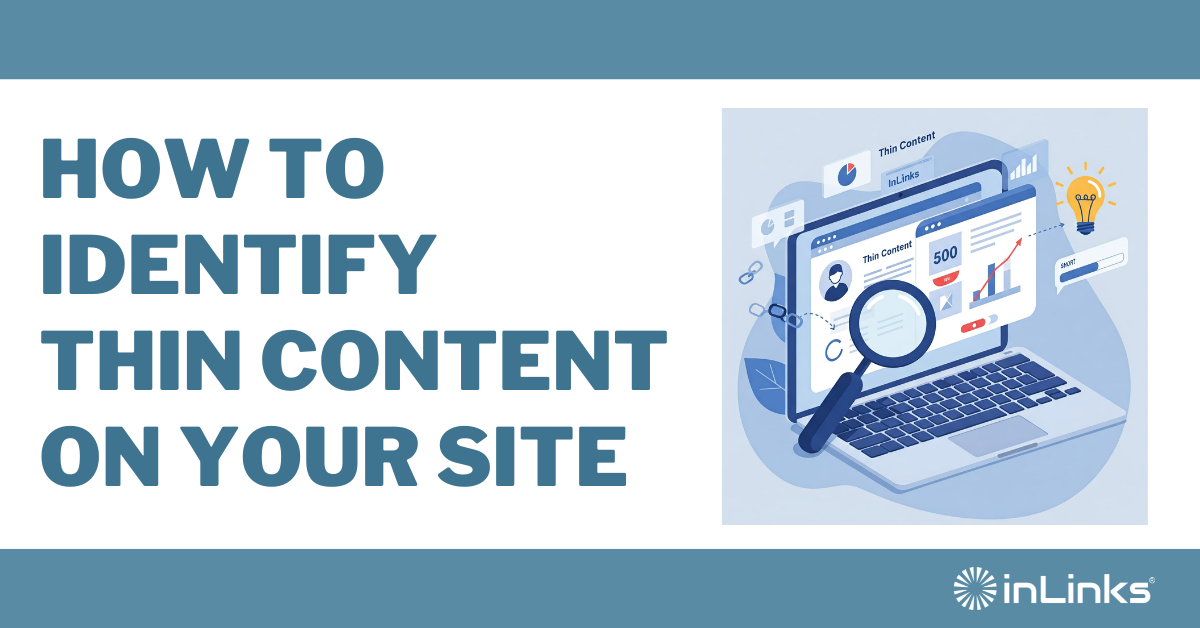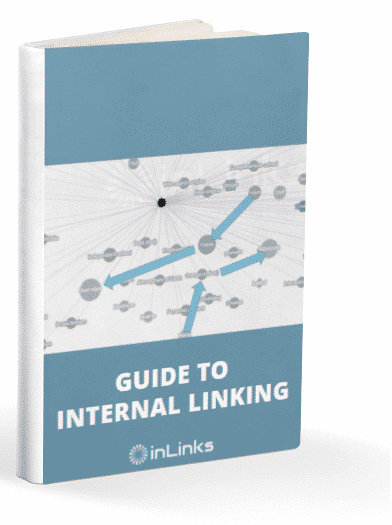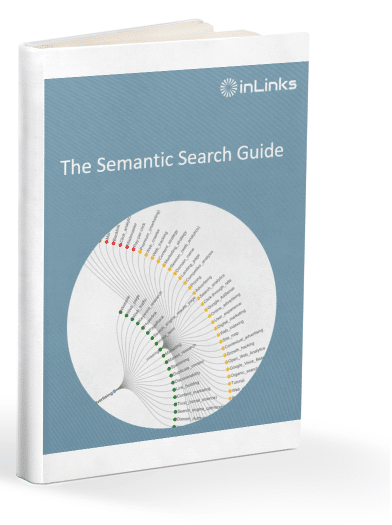InLinks is widely recognized for its dynamic and efficient link-building capabilities through JavaScript. However, did you know it can also help you identify content gaps and underperforming pages on your site? In this blog post, we’ll explore how to use InLinks to pinpoint thin content and why addressing it could be the key to reversing a decline in traffic.
What is Thin Content?
Thin content refers to content that is typically under 500 words. While there has been debate in the SEO community over the importance of content length, it’s widely accepted that content under 500 words often lacks the depth needed to establish authority on a topic. Such content usually doesn’t provide enough value for search engines or large language models (LLMs) to determine whether it’s helpful or relevant.
In light of Google’s Helpful Content Update, we’re all more aware of the risks of publishing unhelpful content. Many websites have been penalized for failing to deliver on the promises made in their blog posts or pages. Thin content could be the reason for your traffic decline, as it often indicates areas where you’ve either under-explained key topics or missed important information related to your site’s core entities. Additionally, it could reveal pages that no longer add value, suggesting they could be removed entirely.
How to Find Thin Content Using InLinks
Once you’ve uploaded your pages to InLinks, navigate to the filter button located at the top right of your page list. This filter is primarily used for finding target pages, briefs, and audits. However, at the bottom of the list, you’ll find the option to filter for Thin Content. By applying this filter, InLinks will display pages with fewer than 500 words, allowing you to quickly identify where you have thin content.

In addition to identifying these pages, InLinks will also provide ranking data, showing which thin content pages are ranking in the top 20 search results and which are not ranking at all. This feature is invaluable for ensuring that you don’t accidentally remove pages that are already performing well. However, you might be surprised to see that many of your lower-performing pages are flagged as thin content!
How to Improve Thin Content with InLinks
InLinks isn’t just a link-building tool – it’s also a powerful content optimization platform. To improve your thin content, click on the “Audit” button for a particular page. Enter the keyword you want to rank for, and InLinks will gather the entities from top-ranking competitor pages, giving you a score based on how many of these entities are covered in your content.
From there, you have two options: you can manually expand your content to address the missing entities, or you can use the AI feature to help fill the gaps. The AI will aim to include at least 85% of the competitor entities, and you can adjust the prompts to fine-tune the content further. This can save you time while ensuring your content is both comprehensive and aligned with what search engines and users expect.
Remember, sometimes it’s not worth expanding a URL if you’ve already covered the topic thoroughly elsewhere on your site. More URLs don’t always equal better results. In fact, there are times when you might want to remove pages if they risk cannibalizing your main topic.
When to Remove or Keep Content: Examples of Content Cannibalization
1. Content Cannibalization Example:
Imagine you have two pages on your site: one targeting the keyword “best coffee makers for small kitchens” and another targeting “top coffee makers for apartments.” Both pages cover similar products, features, and benefits, but there’s a lot of overlap in the information. In this case, these two pages might compete with each other, causing them to cannibalize each other’s rankings. Google may struggle to determine which page to rank higher, and neither could perform as well as a single, consolidated page would.
When to Remove: If both pages are ranking poorly or not providing much value to users, you might consider merging the content into one comprehensive page. This will ensure your site has a stronger, singular piece of content that targets the topic more effectively. You can redirect the URLs to the newly optimized page to avoid losing any existing traffic.
When to Keep: If the two pages are targeting slightly different audiences or search intents—such as one focusing on small kitchens and the other on apartments—and there’s little overlap in keywords, it might be worth keeping both. However, it’s important to ensure each page is optimized for its specific target audience and provides unique, valuable content that addresses distinct needs.
2. Non-Cannibalizing Example:
You have a page about “SEO best practices” and another focused on “SEO for eCommerce sites.” While these topics are related, they target different user intents. The general “SEO best practices” page covers broader techniques, while the “SEO for eCommerce” page delves into strategies specific to online stores.
When to Remove: If you notice that the “SEO best practices” page is ranking well but the “SEO for eCommerce” page isn’t adding enough value, you may choose to consolidate the content, focusing more on eCommerce-specific SEO within the broader SEO best practices guide. This can help avoid content overlap and boost your rankings.
When to Keep: In this case, the content is targeting distinct niches with specific needs. Keeping both pages is beneficial because they cater to different types of users—general SEO enthusiasts versus eCommerce business owners. As long as the content is distinct and well-optimized for each target audience, there’s no need to remove either.
Summary
To conclude, thin content—pages with fewer than 500 words—often lacks the depth needed to rank well. InLinks can help you easily identify these pages and take action to improve them.
Finding Thin Content
Once you’ve uploaded your pages to InLinks, use the filter to sort for pages with under 500 words. InLinks will not only show you these pages but also provide ranking data, so you can see which ones are still performing and which are struggling.
Improving Thin Content
To fix thin content, use InLinks’ audit feature. It compares your pages with top competitors, helping you identify missing topics or entities. You can manually enhance the content or use InLinks’ AI to automatically fill in the gaps, aiming to create a more comprehensive page that adds value for both users and search engines.
By addressing thin content, you can boost your rankings and avoid penalization for unhelpful content, leading to better overall performance on your site.





Leave a Reply
Want to join the discussion?Feel free to contribute!